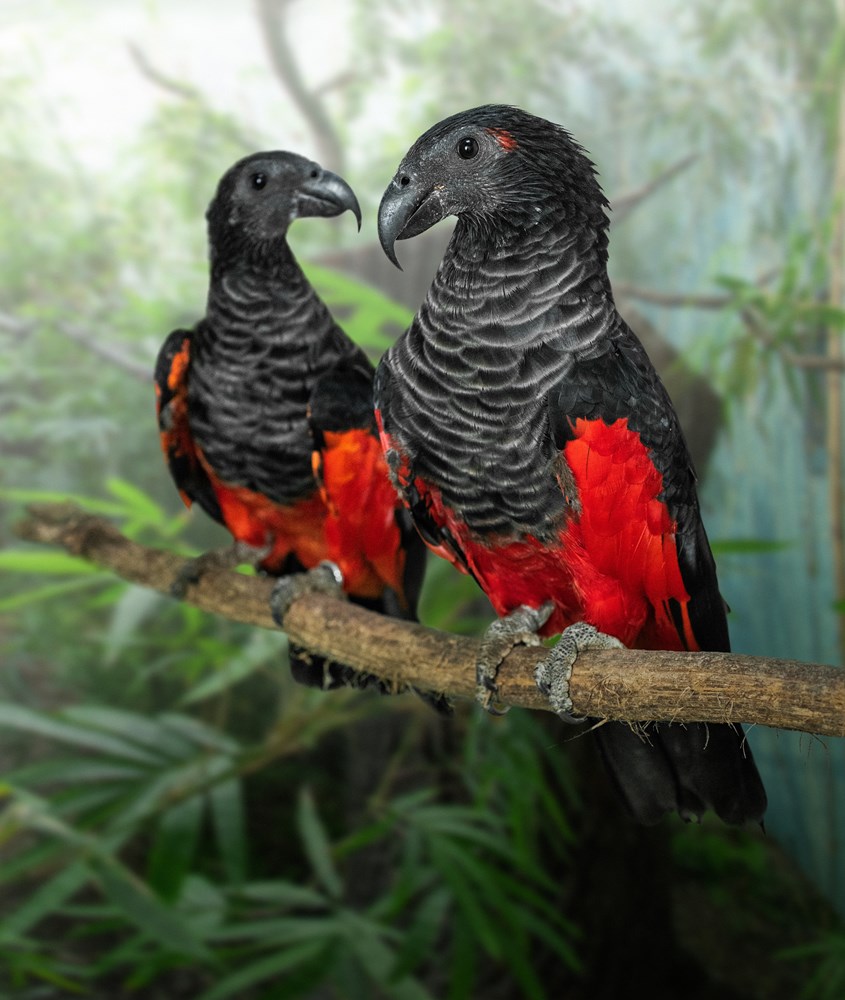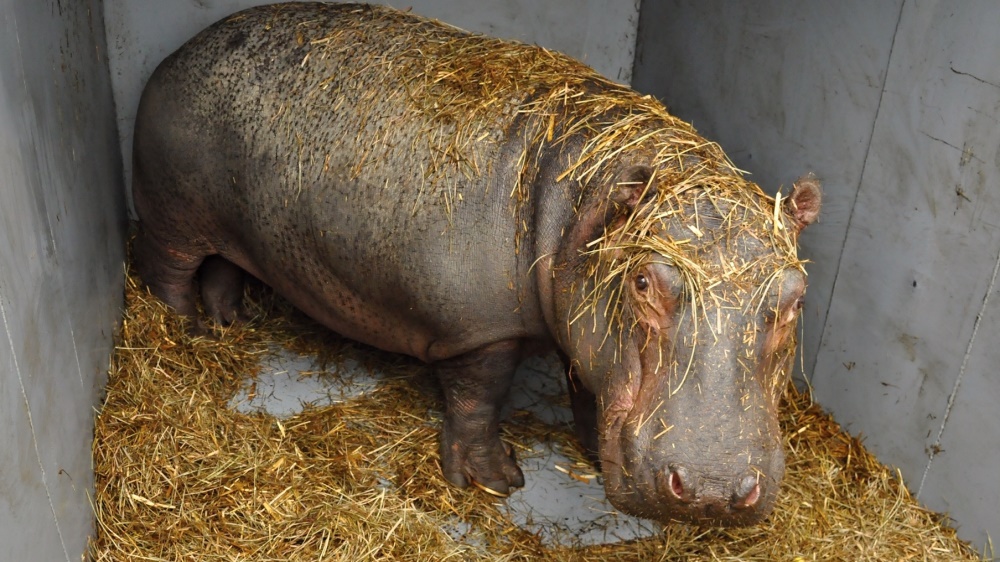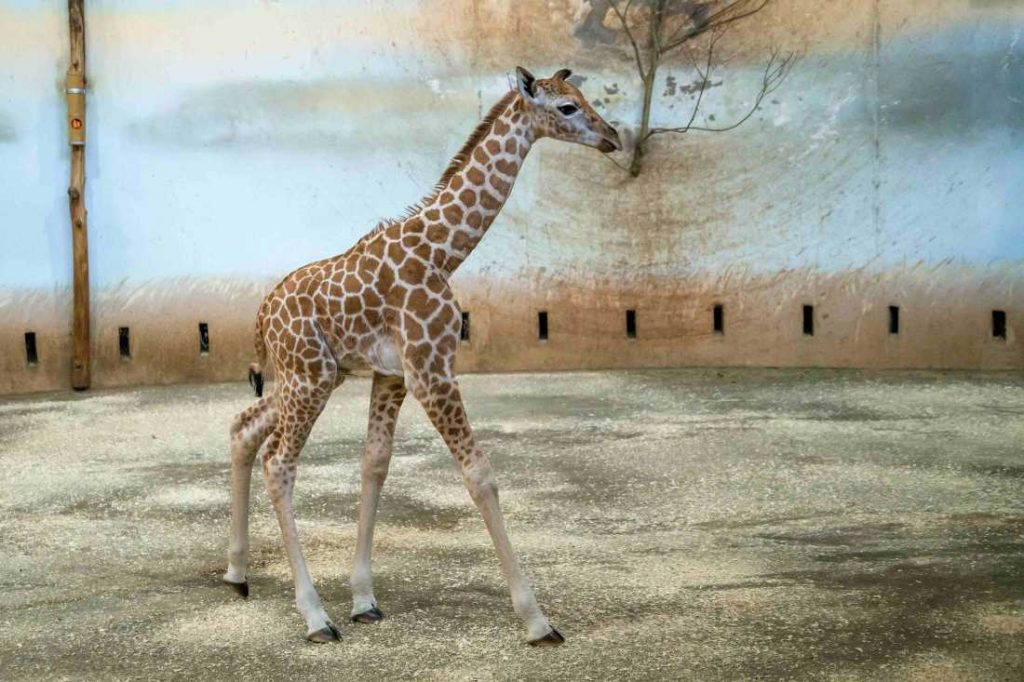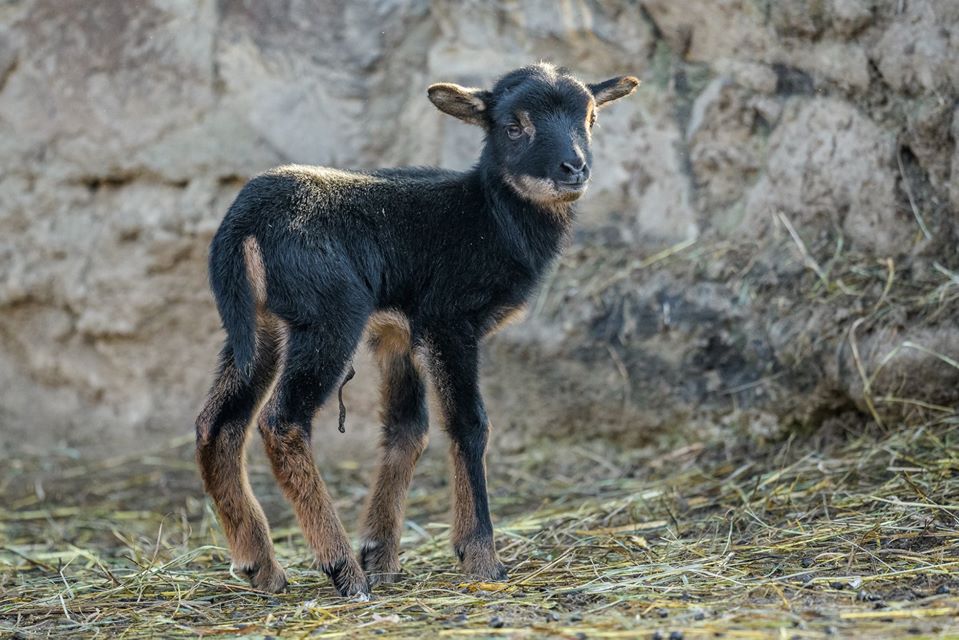A new Prague Zoo visitor record was set, with 1,456,526 people paying admission in 2019, breaking the 2016 record by 8,173. The zoo is one of the top attractions in the Czech Republic.
Until Christmas, it wasn’t certain that the current 2016 record would actually fall. Visitor numbers have been down slightly since the collapse of the Stromovka footbridge December 2, 2017. The bridge links the zoo to Prague 7 district, and was the most convenient way to get there from the city center. A replacement should be ready in the summer of 2020.
PARTNER ARTICLE
The zoo’s success in 2019 was attributed to the opening of the Rákos House, new animal births and arrivals, added visitors services, and special programs.

The highlight of the year was the September 28 opening of a pavilion named after zoo patron Stanislav Rákos, intended for rare parrots. The birds are seen in a natural-seeming environment with wild vegetation, terrain modeling and decoration that is meant to be indistinguishable from the real locations. The pavilion has eight different habitats that are inhabited by Lear’s macaws, Pesquet’s parrots, blue-naped parrots, yellow-billed Amazons, palm cockatoos, slender-billed parakeets, hyacinth macaws and more.
The most significant
animal arrival was four male Tasmanian devils, which arrived December
3, 2019. they will be the stars of the new Darwin Crater, an
Australian fauna exhibit that will open in March 2020.
Tasmanian devils,
once common, are now endangered as the species is facing a contagious
facial cancer in its native habitat. To battle the effects of the
cancer, separate populations of healthy devils are being established.
Prague Zoo is also active in efforts to protect the species on an
isolated island near Tasmania. Since 1996, the species’ numbers in
the wild have dropped 90%.

Other arrivals included the crested kagu from New Caledonia, the Titicaca water frog from the highlands of Bolivia and Peru, and Pel’s fishing owl, from Africa. Prague Zoo is the only one the have the latter, while the other two are only in a handful of zoos. A South American tapir named Taluen and a hippo named Tchéco also arrived.
The zoo’s holdings also expanded through births. In total, 1,176 babies from 214 mammal, bird and reptile species were born or hatched in the Prague Zoo in 2019 as of the afternoon of December 31. This is slightly lower than the figure of 1,282 newborns of 207 species announced in early December. No reason for the change was given.

The births ranged from popular seals and giraffes to rare species such as Ganzhorn’s mouse lemur, the rhinoceros hornbill, Wagner’s peccary and the southern river terrapin. Two baby elephants are expected to be born in March and April 2020, and so far seem to be in good health.
The new year is already off to a good start with the first newborn of 2020, a male black Cameroon sheep on January 1. Tunisian tortoises were also born both December 31 and January 1.
There was also
success with a temporary exhibition of 30 poisonous frogs, the type
used to make poisoned hunting darts and arrows, shown at the Gočár
houses. This followed after a 2017 show of tarantulas and 2018 show
of scorpions.

After many years of
delay, constriction on a new gorilla pavilion began October 29, 2019.
Preparations for its construction began after the flood in 2013,
which showed that evacuating gorillas from the existing pavilion is
virtually impossible. The new pavilion will be located at the
opposite end of the zoo, and will offer more space for both gorillas
and visitors. It should evoke a journey through the Central African
countryside to the heart of the rain forest.
Successes with
publicity included the launch of an expanded edition of the Droppings
Atlas and related exhibition of dropping replicas in the newly built
restrooms. The book made headlines around the world. Projects to give
puzzles and games to the animals also got some publicity. A new line
of porcelain souvenirs was also popular.
The zoo is rated
fifth-best in the world by the travel website TripAdvisor, based on
user reviews. It had been ranked as high as fourth in 2015. Prague
Zoo currently covers 58 hectares with 50 hectares used for exhibits.
The zoo opened on Sept. 28, 1931.












 Reading time: 3 minutes
Reading time: 3 minutes 


























